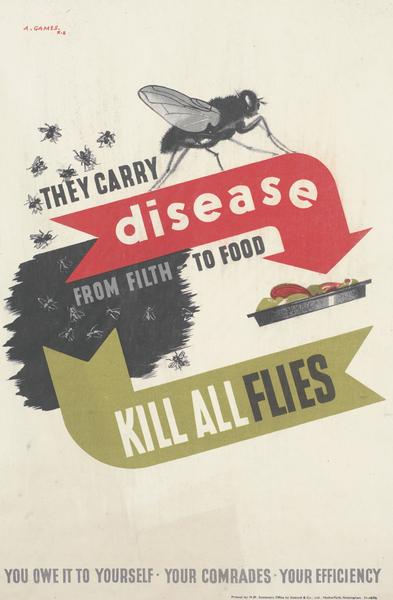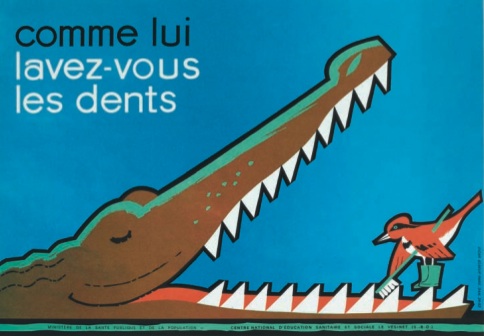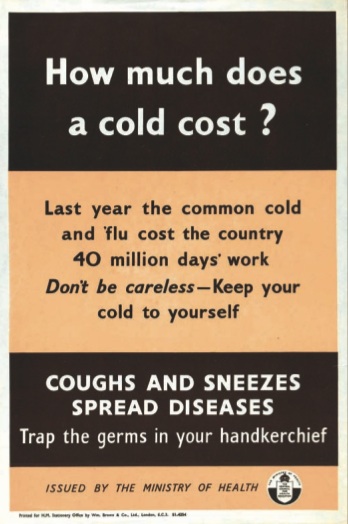Kill All Flies
It’s August, it’s the silly season. In Quad Royal world this means that I have a house full of people, a holiday to plan for and no time to write anything. Elsewhere, it manifests itself in the fact that news is so slack that posters have made an appearance on the BBC news website.
Wierdly, these have taken the form of a slideshow, with music. I know, it’s almost as though they’ve forgotten that television has been invented. But there are a few lovely posters on it. I’ve taken quite a shine the one above, mainly I suspect because it reminds me of a Macfisheries poster. And they’ve also included this rather entertainingly blunt Abram Games poster, which I’ve had on my ‘to post’ list for ages.
The reason for all of this is, apparently, the publication of a book on the subject by the WHO. It’s taken me some digging and delving to find anything about it, and then it turns out to have been published for a while now, so quite what is going on here I don’t know. But it’s called Public Health Campaigns: Getting the Message Across and is available on Amazon should you be interested.
While not many of the posters in the book would qualify as high design, the book does raise some interesting questions. The main one of which is, do posters work?
In the slideshow, Dr Laragh Gollogly argues that marketing posters can at least quantify their effectiveness by seeing whether sales rise or not (although that does remind me of the famous quote – ‘half the money I spend on advertising is wasted, the trouble is I don’t know which half.’). But for posters which seek to influence what people do, there is no test at all.
How do we know what really works? There has been no systematic collection or evaluation of massive social marketing campaigns and indeed this book presents only a smattering of the total global output on the subject. Posters vary hugely from country to country and over time. By publishing this book WHO hopes to spur those involved or interested in public health care campaigns to stop and think critically. Which posters work and which don’t? How do we evaluate their effectiveness? Can a poster work on its own or does it need to be part of a much bigger approach to behavioural change? Although posters are getting flashier, are they getting better?
These are questions which don’t just apply to the posters in the book. How much did World War Two posters affect what people did or didn’t do? Did they even make people feel better or worse about what was being asked of them, from recycling to the blackout? I’d love to know.
The book itself is a bit frustrating, because it doesn’t give any context for the posters themselves, in terms of place or date, and even scratching through the acknowledgements at the end doesn’t help much. Although it did let me identify this Lewitt-Him for certain.
But this is also a reminder of just how difficult collecting and curating posters can be. There’s an interesting article on the Wellcome Library blog about this, as a spin-off from the book too. They also link to their own online catalogue, which includes many posters. But no pictures, which makes it simultaneously fascinating and deeply frustrating. I’ve been wondering for some time about Summer is here–and now extra cleanliness please. Issued by Danish Bacon Company Limited. It’s by Unger, it’s from the 1950s, and it’s probably not half as interesting as I imagine. But because I can’t see it, it’s now, in my head, the greatest poster ever. Still, and more importantly, I wonder if it did its job and prevented any cases of food poisoning? We may never know.






